The Works by Queen
Buy The Works The Works was sort of a comeback album by Queen in 1984. We say “sort of” because the group never really went away, they just faced a major commercial flop […]

Buy The Works The Works was sort of a comeback album by Queen in 1984. We say “sort of” because the group never really went away, they just faced a major commercial flop […]
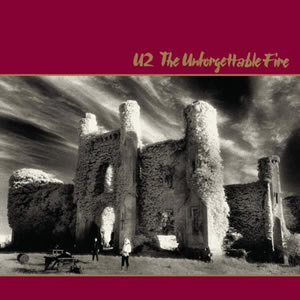
Buy The Unforgettable Fire U2 decided to take a bit of a turn following their initial mainstream success. They brought in producers Brian Eno and Daniel Lanois to forge the ambient sound of […]
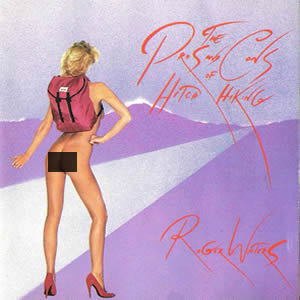
Buy The Pros and Cons of Hitch Hiking Roger Waters commenced his post-Pink Floyd career with a concept album that he largely composed while still an active member of the group in the […]
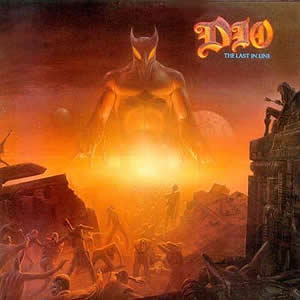
Buy The Last in Line After stints in several rock groups, Ronnie James Dio found his popular groove in the early eighties with the founding of the group, Dio. Although this band was […]
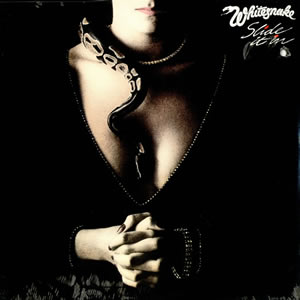
Buy Slide It In Whitesnake made its first real splash with the release of their sixth album, Slide It In in 1984. Although the album was far from a blockbuster hit, a second […]

Buy Reckless Reckless was the first album by a Canadian artist to sell more than one million units within Canada. Not to mention that this fourth studio album by Bryan Adams was also […]
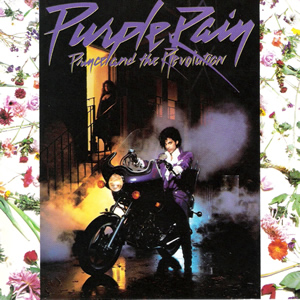
Buy Purple Rain Prince reached the pinnacle of his success in 1984, with the release of the musically potent Purple Rain to accompany the major motion picture of the same name. The sixth […]
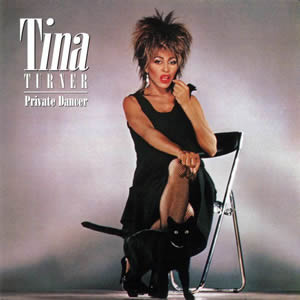
Buy Private Dancer The story surrounding Tina Turner and her remarkable comeback with Private Dancer is the stuff of Hollywood movies. In fact, it was a Hollywood movie, and this remarkable vocalist who […]
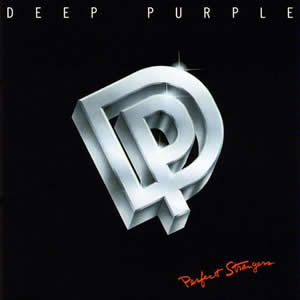
Buy Perfect Strangers Through the past half century of classic rock and roll, there have been scores (if not hundreds) of major group reunions, with very mixed results. However, there have been very […]
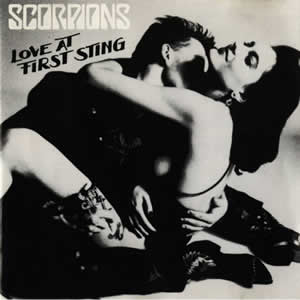
Buy Love at First Sting Scorpions reached the peak of their long career with the 1984 album Love at First Sting. This album spawned the group’s best selling singles and peaked in the […]